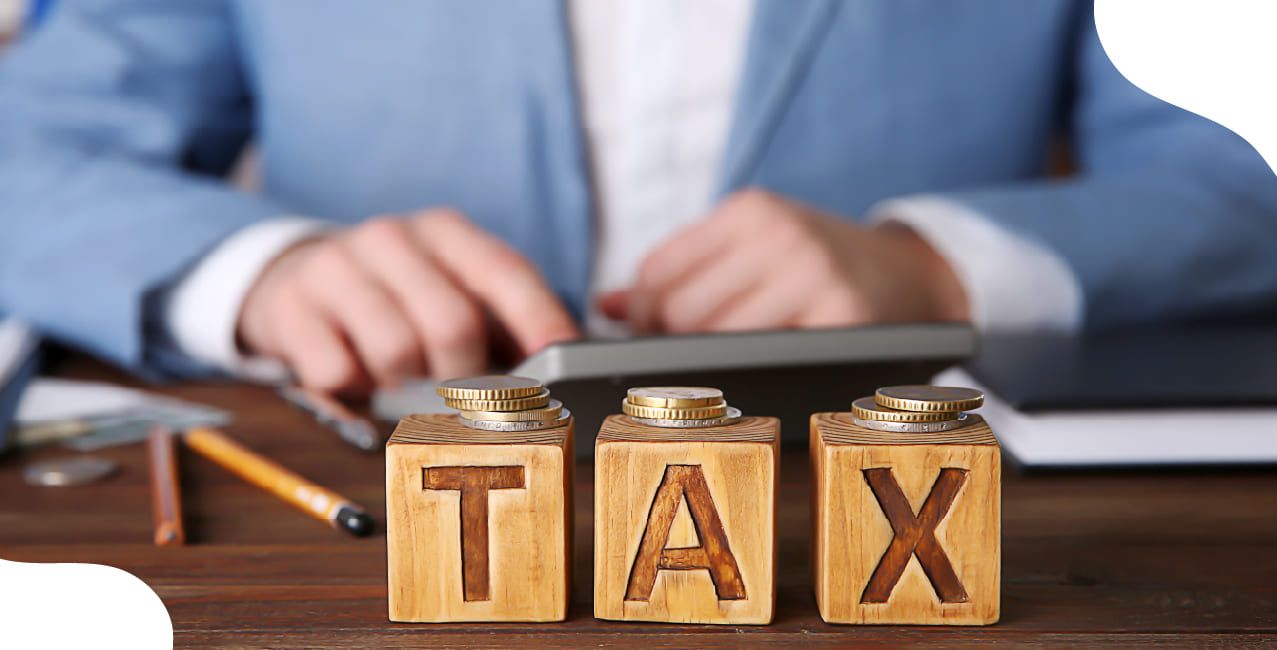
Author
LoansJagat Team
Read Time
6 Min
22 Sep 2025
Section 10(26) of Income Tax Act – Tax Exemptions Explained
Key Takeaways
- Section 10(26) of the Income Tax Act is a provision specifically designed for tribal individuals living in a notified area. As per Section 10(26), if your income comes from that same area, then you do not have to pay income tax on it.
- Section 10(26) applies to the areas mentioned in the Sixth Schedule (Parts I, II, and III), as well as to Arunachal Pradesh, Mizoram, Manipur, Nagaland, Tripura, and Ladakh (Jammu & Kashmir).
- Section 10(26) is important for tribal individuals as it provides them with financial relief, promotes education, boosts local entrepreneurship, and encourages local work.
Section 10(26) of the Income Tax Act allows complete tax exemption for individuals belonging to the Scheduled Tribes who live and earn within specified areas. This rule reduces the financial burden on tribal communities and gives them more disposable income.
Suppose Imoinu is a tribal resident of Nagaland. She earns a salary of ₹7,20,000 per year from her government job in Kohima. Normally, she has to pay around ₹20,000 in income tax based on the basic slab rates.
However, as she resides within a notified state, she qualifies under Section 10(26). Therefore, she does not pay any tax. Due to this exemption, she saves the entire amount (₹7,20,000). Now, she can use this for her family’s education and household needs.
In this blog, we will learn more about Section 10(26) of the Income Tax Act, its importance, exemptions, documents required, and limitations.
Importance Of Section 10(26)
Section 10(26) is not just a legal exemption. It is a form of economic support to tribal individuals. The following table highlights the importance of Section 10(26) of the Income Tax Act:
Section 10(26) helps tribal individuals save money and encourages them to grow in their regions. This section is a lifeline for many tribal households.
Read More - Section 37 of the Income Tax Act – Business Expenditure Explained
Who Can Claim Exemption Under Section 10(26)?
Section 10(26) focuses on exempting income earned by tribal individuals in notified areas. The law applies only when:
- The person is an individual belonging to a Scheduled Tribe as per Article 366(25) of the Constitution.
- The individual must reside in one of the specified states or union territories.
- The income should arise within that notified area.
The exemption is not available to businesses or Hindu Undivided Families. It is strictly individual in nature. The purpose is to support the economic progress of tribal communities without disturbing their cultural and social fabric.
Suppose Phouoibi is a tribal woman in Mizoram. She is an assistant professor at Mizoram University and earns ₹7,85,000 per year. Due to Section 10(26), her entire income is exempt.
However, her brother works remotely for a company in Bangalore, and he also earns ₹7,85,000 per year. His income does not qualify, as it comes from outside the notified area.
Bonus Tip: Courts confirmed that the Section 10(26) exemption applies only when income arises within the notified tribal regions. This makes it location-specific and not based solely on tribal identity.
Applicability Of Section 10(26)
You have read the words ' notified areas’ in this blog a few times and might be wondering what these ‘notified areas’ are. The following table highlights the notified areas where Section 10(26) is applicable:
The exemption applies only to certain Scheduled Tribes of India, specifically those residing in the areas listed in the table above. The regional focus of this provision ensures that the exemption reaches the intended communities.
Types Of Income Covered
Not all types of income are covered under Section 10(26). This section covers only incomes earned by tribal individuals within the specified notified areas. The following table explains this more easily:
If you know the income type covered under this provision, then you can save yourself from tax-related issues.
Also Read - Section 17(2) of Income Tax Act – Perquisites & Taxable Benefits Explained
Documents Required Under Section 10(26)
To claim benefits provided under this section, you need to show proper proof. The table below highlights the documents generally required as proof:
If you have proper documentation, then you can avoid unnecessary delays and get your exemption claim approved easily.
Common Mistakes Under Section 10(26)
Individuals from Scheduled Tribes living in specified areas can claim exemption under Section 10(26) of the Income Tax Act. However, many taxpayers make mistakes while availing this benefit; the table below highlights these mistakes:
If you avoid the above-mentioned mistakes, then you can easily claim the exemption under Section 10(26).
Conclusion
Section 10(26) of the Income Tax Act is a special exemption that gives Scheduled Tribe members living in notified areas full relief from income tax on their local earnings.
This section supports financial growth, encourages entrepreneurship, and helps families invest in education and better living standards.
The benefit under this section is region-specific and available only when income arises within the notified states. This ensures that it is provided to the targeted group of individuals.
If you are eligible under this provision, then it provides you with long-term security and increases your earnings by saving tax.
FAQs
1. Is rental income covered under Section 10(26)?
Yes, if the property is within the specified region.
2. Do non-tribal spouses of ST members get exemption under Section 10(26)?
No, the benefit is available only to the eligible tribal individual.
3. What is Section 10 of the Income Tax Act?
It lists types of income that are fully or partially exempt from income tax.
4. Which tax regime is better?
The new regime suits those with deductions under ₹8,00,000. However, the old regime benefits taxpayers claiming high deductions like HRA, 80C, or home loan interest.
5. Which profession has no tax in India?
No profession is entirely tax-free. However, incomes like agricultural earnings, gifts, scholarships, EPF or PPF interest, gratuity, LTCG, and tax-free bond interest are exempt.
6. Which state pays the highest tax in India?
Maharashtra tops at ₹29,647 crore, followed by Gujarat ₹12,421 crore and Karnataka ₹12,411 crore.
7. Which is the least taxed state in India?
Sikkim is the least taxed state and the only tax-free state in India.
Other Related Pages | |||
About the Author

LoansJagat Team
‘Simplify Finance for Everyone.’ This is the common goal of our team, as we try to explain any topic with relatable examples. From personal to business finance, managing EMIs to becoming debt-free, we do extensive research on each and every parameter, so you don’t have to. Scroll up and have a look at what 15+ years of experience in the BFSI sector looks like.

Quick Apply Loan
Subscribe Now
Related Blog Post

LoansJagat Team • 22 Sep 2025
_of_Income_Tax_Act.jpg)
LoansJagat Team • 22 Sep 2025

LoansJagat Team • 22 Sep 2025